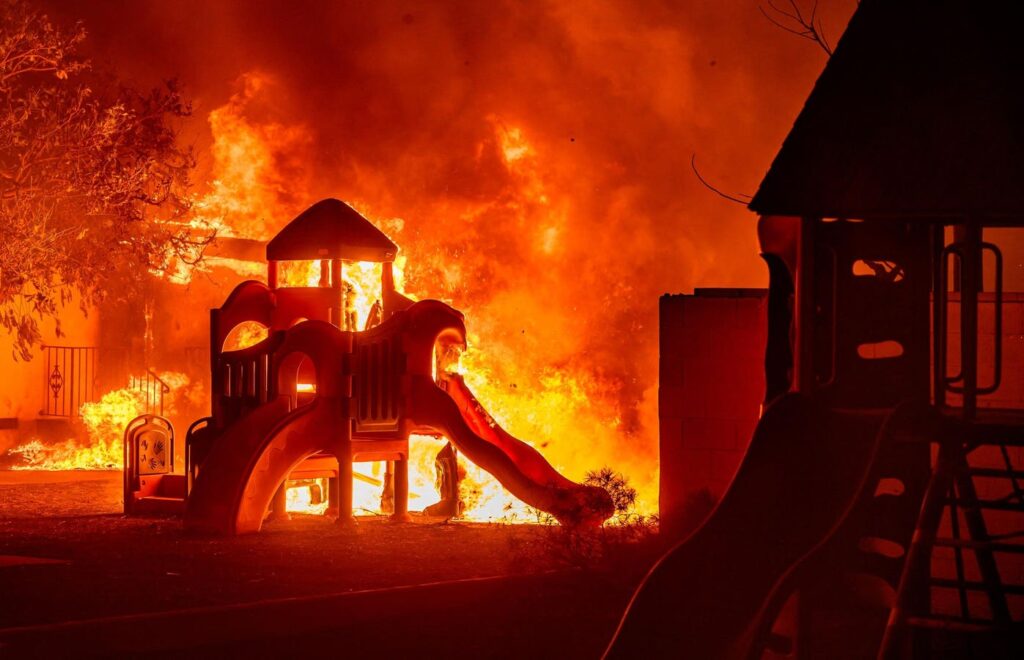Homeownership has long played a starring role in the American dream. It’s often the foundation of a family’s financial security and generational wealth. It’s a builder of stable, safe and healthy communities. It’s an asset with a long history of appreciation. And common wisdom has long been that it’s a hedge against rising rental rates and uncertainty. Will the impacts – still being felt and calculated – of natural disasters change the equation for homebuyers and homeowners this year?
A February 2024 online survey of 1,000 U.S. homeowners by the Real Estate Witch educational service, a division of real estate platform Clever, showed that their homes have been costing owners far more than they anticipated when they were hopeful buyers. Nearly nine in 10 homeowners (88%) in the survey said the true cost of owning a home is more expensive than they’d expected. About 67% reported having regrets about their home purchase.
Rising Homeownership Cost Drivers
Recent, unexpected hurricane-related floods in Western North Carolina and massive fires across Los Angeles County, which both occurred after the survey was conducted, will surely raise costs even more dramatically this year, and not just in the affected regions. This will be due to fierce competition for construction supplies and labor as disaster-stricken areas compete for resources and everyone else looks to maintain and improve their homes.
Tariffs, depending on how they’re applied – e.g., Canadian lumber for rebuilding or across-the-board Chinese imports hitting home improvement store shelves – and potential disruption to the construction workforce can also surge homeownership costs.
“Excluding mortgage payments toward principal and interest, the typical homeowner spends about $18,000 a year on home expenses,” the survey showed almost exactly a year ago. That figure will surely rise, perhaps sharply, in 2025, taking money out of families’ budgets that could otherwise go toward healthcare, education, culture, travel and other wellness benefits.
Homeowner’s Insurance
The smallest segment of the $18,000 total average homeownership cost Clever reported, $1516 in homeowner’s insurance, is likely to see a large increase this year. It’s already been growing more expensive and harder to find for many homeowners in recent years. “Average homeowners insurance premiums per policy increased 8.7% faster than the rate of inflation in 2018-2022,” according to the U.S. Department of the Treasury’s Federal Insurance Office. “Some consumers faced substantially larger premium increases than the national average” and cancellations, the FIO added.
“2024 began with record-breaking premium increases, impacting both new policies and renewals,” reported digital insurance marketplace Matic. “Homeowners saw an average rate surge of 17.4% for new policies — significantly higher than previous years as inflation, severe weather, and reinsurance costs hit hard.” the group added. While Matic sees some potential relief this year in slowing inflation, “the impact of potential weather events remains a wild card,” it predicts.
Maintenance and Improvements
These costs were shown by Clever as $4,392 and $3,784 respectively and surprised many owners. “Had they known the total cost of homeownership ahead of time, 60% of homeowners say they would have made a different buying decision,” the survey notes. Some (21%) would have purchased a home that requires less maintenance or negotiated better terms. Some would have paid for an inspection (15%); not opting for one has become an unfortunate trend of hyper-competitive markets. Some (14%) would have purchased a less expensive home or waited until prices or mortgages dropped.
There’s a cost for deferred maintenance in surprise damage – like clogged gutters causing a flood or wildfire ignition. There are also improvements – like a wheelchair ramp and accessible shower necessitated by an accident or illness – that can’t be delayed without impacting a home’s usability.
Utilities
This is a highly regulated industry that costs the average homeowner $5,362 a year, the Clever survey showed. “Homeowners spend an average of $5,362 on utilities each year — 77% more than renters ($3,034). About 23% of homeowners say the cost of utilities has been more expensive than they expected,” the study shows.
Wildfires attributed to power lines and large related settlements may increase those costs further as fires increase in frequency and intensity. At least part of the massive cost of burying power lines to reduce wildfire risk will be passed along to homeowners in higher bills or, in the case of new construction, either community development fees, higher home prices or both.
Taxes
This slice of the $18,000 overall homeownership costs cited by Clever averaged $2,904 in the survey. While these figures vary widely across state lines, more than half (53%) of homeowners surveyed reported their property taxes increased by 20% or more, and about 11% said theirs had jumped by 50% since moving in.
Homeowner association fees have also increased for many owners. This is because their own common area utility, maintenance and insurance costs have increased in recent years, and those get passed along to owners. A quarter of owners said their HOA fees are 25% higher than expected. HOA fees may cover security, fitness rooms, pools, spas and other community features that enhance wellness, but their rising costs can contribute to unhealthy stress levels.
Conclusions
Will rising and surprise costs dampen interest by the 78% of Millennials who still see homeownership as part of the American dream? Or the 93% of Gen Z adults who want to own a home, according to Clever? Given the many wellness benefits of homeownership, I hope not!
Hopefully too, there will be some solutions emerging to address insurance and inflation costs making homeownership so much harder and more expensive.
Read the full article here

